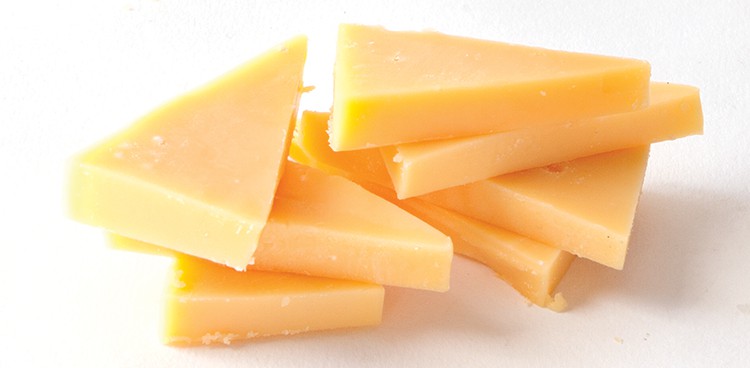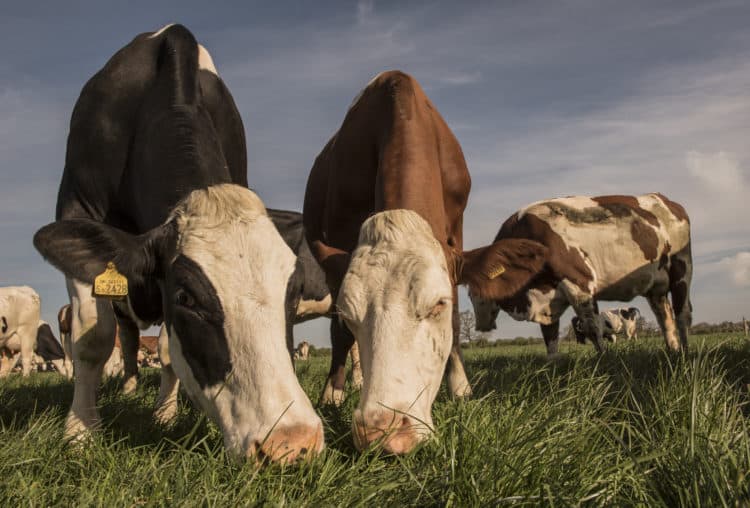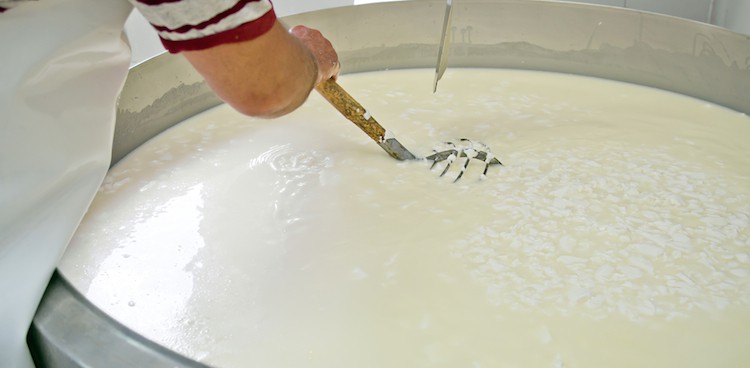
If you grew up reading Little House on the Prairie or watching its adaptation on TV, the name is likely to trigger some serious nostalgia. Laura Ingalls Wilder a.k.a. “America’s favorite pioneer girl” found fame chronicling her family’s migration across the Midwest in the late 19th century. Tales of sweeping plains, Native American encounters, and hostilities borne in one-room schoolhouses place the series in a past I’d long forgotten—until I dove back into the books searching for cheese.
Reopening the pages, I was transported back to the woods of Wisconsin, where the family tapped maple trees in spring and picked pumpkins in fall. At the tiny age of four, Wilder was already helping her “Ma” and sister make food for the family. Back in the 1870s the people of Wisconsin—now world-famous for their wedges and wheels—were already churning out cheeses. In fact, Wilder devotes eight pages to describing the process.

Cheesemaking happened only in summer when cow’s milk was plentiful. The rennet (a coagulant used to curdle milk) was produced from one calf’s stomach and split amongst multiple neighbors (“waste not, want not!”).
Cows were milked twice daily. The evening’s milk was left overnight, and the cream was skimmed off the top to make butter. Ma sometimes used grated carrot to color that butter yellow—especially during the winter, when the cream came out whiter. The remaining milk was added to the morning’s fresh milking. Ma would add a mix of water and rennet to the milk. As the curds formed, she’d separate them from the whey, mixing in salt. Like a true Wisconsinite, Wilder recalls those curds squeaking between her teeth.

Ma placed the curds in a wooden hoop covered in cloth and used a heavy rock to squeeze out whey. Every morning she took a new cheese wheel out of the hoop, trimmed it smooth, and covered it with a fresh cloth before rubbing it down with butter. As wheels aged, she’d repeat the process, flipping them to ensure even rind development.
Wilder’s family relied on this cheese throughout the winter when food was scarce; as a result, it probably never aged past one year. It was probably similar to a young gouda style with a natural rind—a recipe passed down from mother to daughter, each woman making their own version.
Cheese lovers interested in DIY dairy can still follow Ma’s example of simple home cheesemaking. It doesn’t get any more local and seasonal than the Little House method—so here’s a good recipe if you’d like to make your gouda at home.
The books remind me how important dairy was in the survival of the farming families who built American cheese traditions. Nothing sums up milk’s nourishing quality better than a song that “Pa” sang about “Old Grimes,” a man who, according to legend, became gaunt and thin because his stingy wife skimmed the milk. “If she hadn’t skimmed all the milk a little cream would have run off in the whey,” explains Pa to Wilder. “And Old Grimes might have staggered along.” Instead, he blew away with the wind. So the next time you’re laboring over a vat of curds or diving into a decadent cheese, think of Old Grimes—and the Little House family—and cut yourself slack for eating some fat.




